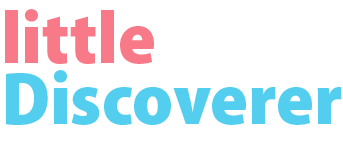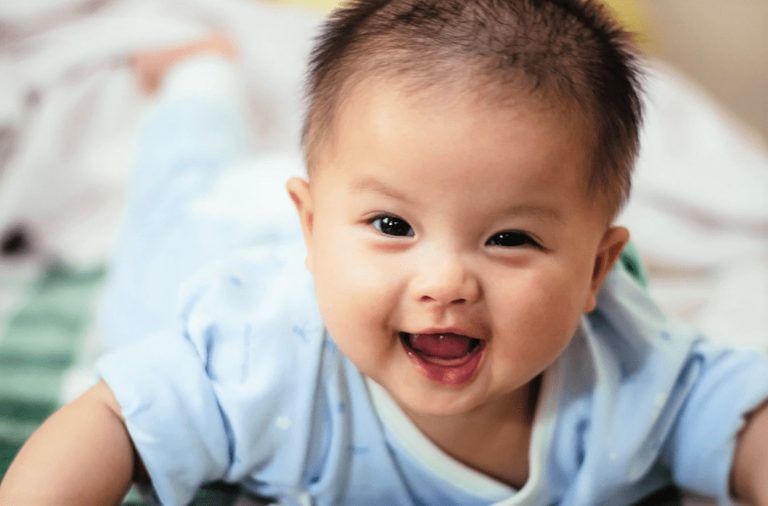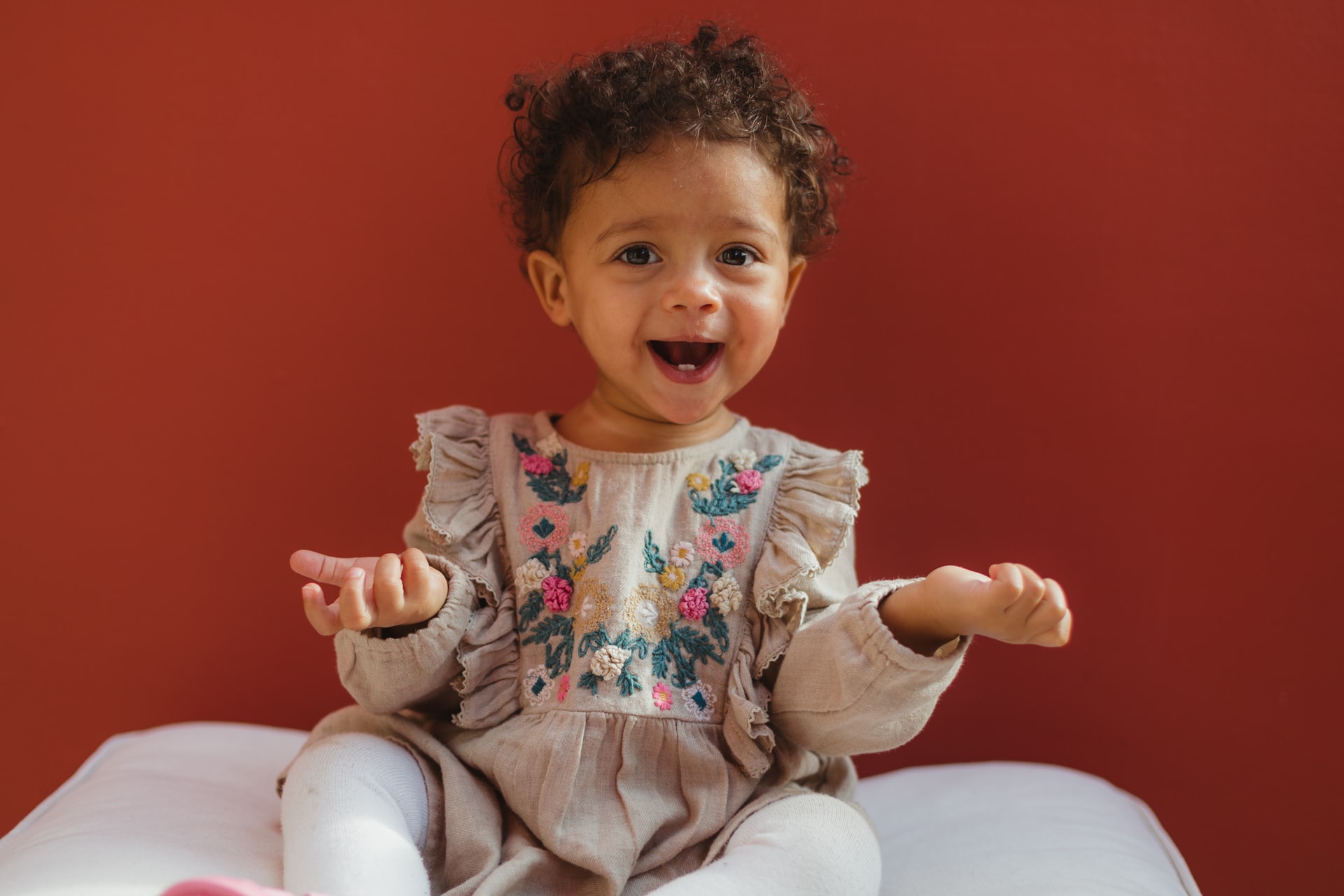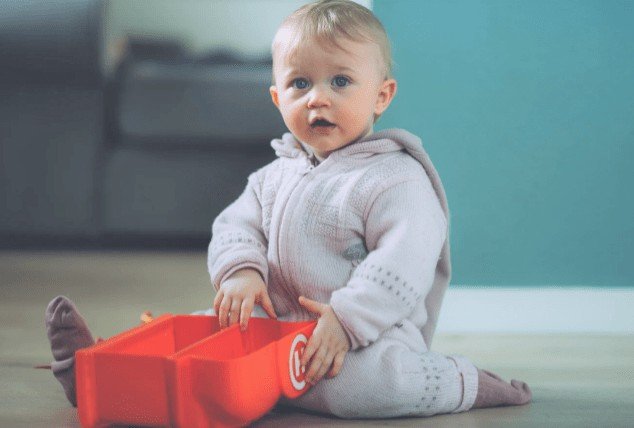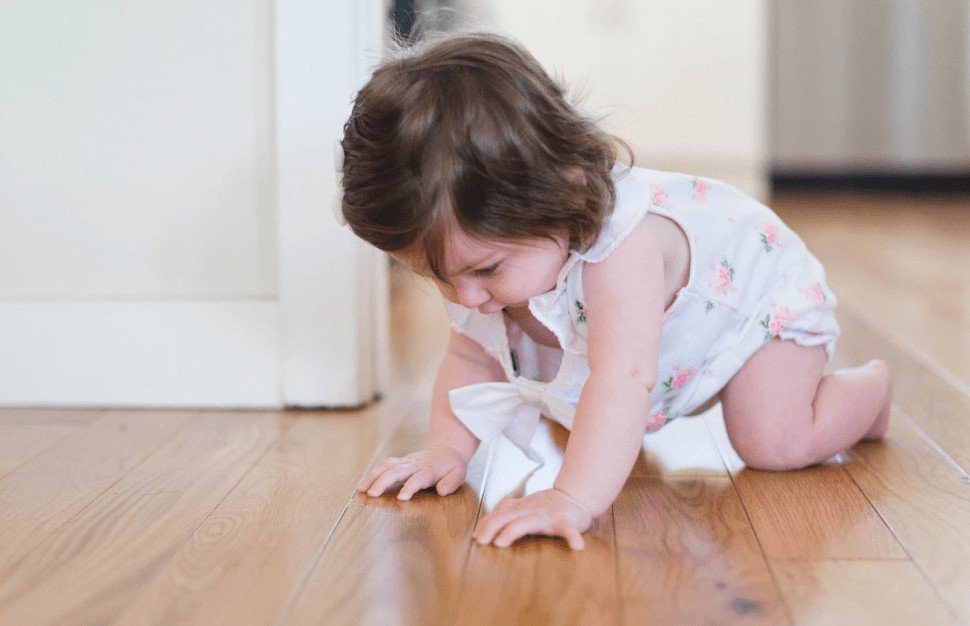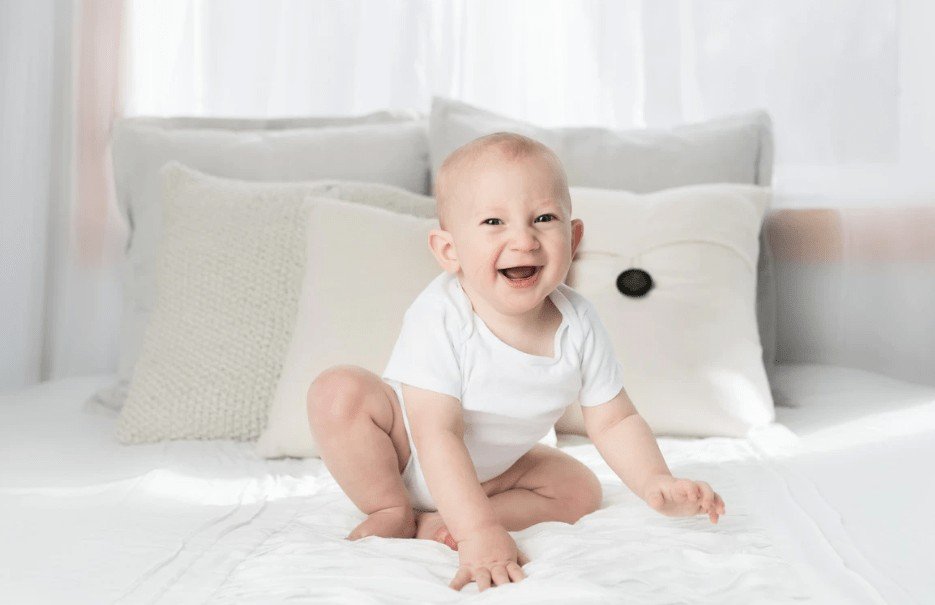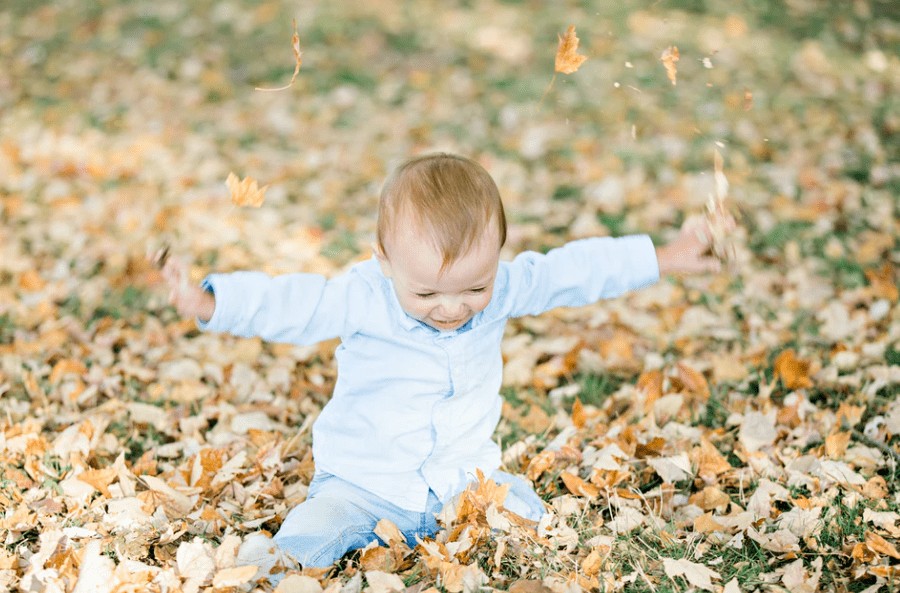How time flies and a quarter of the year has already passed. Your 3-month-old baby is becoming more interactive and playful. While you gain a good amount of parenting experience, your little tot has quietly checked many developmental milestones. Compared to the crying baby she was, she is now more alert and interactive. Ah, how fast they grow! These are the moments you may even get nostalgic and start missing her newborn days.
As your little one becomes more aware of her surroundings and develops a stronger body, her demand for more stimulation starts to grow. If you don’t offer a variety of rich activities, she will protest in cries. The good news is, playtime is no longer just a solo show. Your baby now can participate and interact with you.
Read More: Toys for Infants Newborn to 3 Months
Developmental Milestones
Motor Skills
- Can raise her head better: In this month, you will see a significant improvement in your baby’s ability to raise her head. Now you can feel more relaxed about tummy time, as your baby gains better strength in her neck and shoulder, tummy time is no longer as torturous as before. Nonetheless, tummy time should continue to be a regular exercise throughout her first year.
- Strong legs and kicks: Your little one’s gross motor skills have advanced a great deal in the past two months. Along with gradually disappearing newborn reflexes, your baby’s arm and leg movements are much more fluid and natural. It is a great time to offer her toys to touch, swipe at, grasp, and kick. Encourage her to practice different types of movements. Parents beware though, her little kicks can be strong and make it painful for you, whether it is in your face or your stomach. Ouch!
- Discovering her hands: Funny as it sounds, your little baby was not aware of the existence of her hands until recently. As a matter of fact, you may have caught her observing her hand for minutes at a time. To help your little kiddo out, offer colorful toys that can be worn on her wrists or toy socks. Watch as she exams them like a serious investigator.
- Grabs and shakes small toys: Along with improved gross motor skills, your baby’s fine motor skills are also improving. Though she doesn’t know yet how to pick up a small toy, if you place it in her hand, she will be able to hold onto it for a few seconds. It is an exciting moment for parents when they see their baby holding something for the first time. While you offer her various items to help hone her skills, make sure that the objects you place in her hands are safe. Avoid offering dangerous objects such as plastic bags, latex balloons, or anything that is sharp or contains hazardous chemicals, as they may hurt your baby’s skin or cause choking.
Sensory Development
- Follows moving objects: Your 3-month-old is not only able to better focus on objects, but she is also capable of following objects with her eyes. You can test it by holding a toy in front of her and moving it in different directions within her sight. This is when you should avoid placing toys, such as a mobile, only above her, as it doesn’t give her the opportunity to move from side to side. It will also increase the risk of a flat head.
- Has better hand-eye coordination: Though it may seem natural to us, it takes a baby several months to develop the ability to coordinate between their hands and eyes. In the third month, your little one will start reaching for things that she finds interesting. Showing her a wide range of items will encourage her to exercise her arms, promote her hand-eye coordination, and spark curiosity.
Social-Emotional and Cognitive Skills
- Can coo and laugh: Your 3-month-old now is more vocal than ever. In addition to the cute “ah” and “oh”, she can now coo and laugh. Another common word that many 3-month-old babies say is “ah-goo”. Keep talking, singing, and playing music to your little one, as they are all excellent stimuli for her language skills.
- Develops a social smile! The third month is one of the most exciting months for many parents as they see their baby’s social smile for the very first time. Finally, there is some reciprocation for all the hard work you have done. In fact, your baby may have already started laughing out loud.
- Likes to play with you: Remember how your baby used to get bored with repetitive activities when she was 2 months old? Now her desire to play is getting stronger. Luckily, finding ways to interact with her is not as much of a struggle for you, as your little one has gained tons of new skills to participate. That is also why you will find many more toys for 3-month-old babies than for newborns.
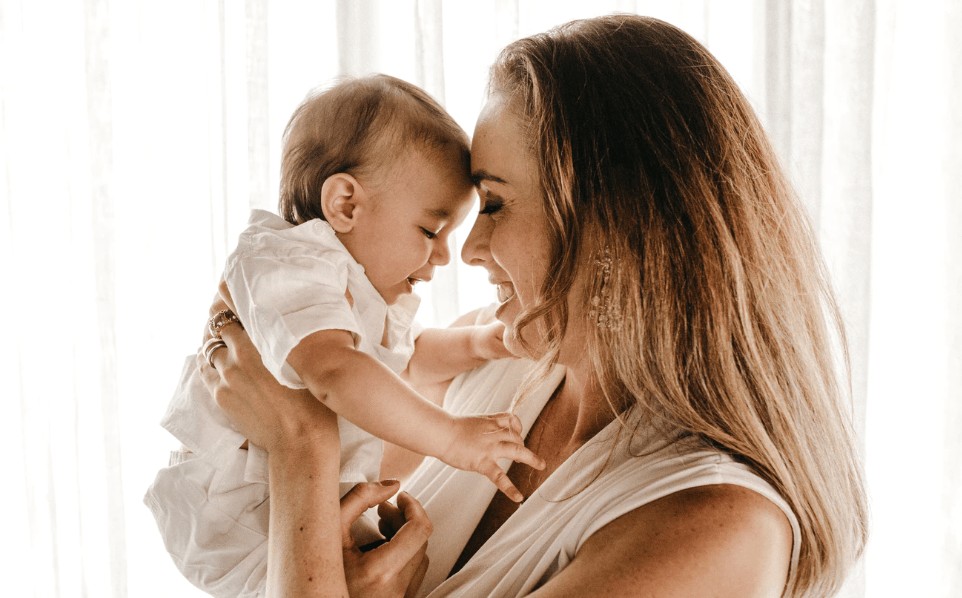
Activities with Your 3-Month-Old Baby
1. Offer Various Activities
With improved vision and hand-eye coordination, along with her ever-growing curiosity, your 3-month-old now is not just satisfied being held and rocked. She wants to see everything and experience different forms of entertainment.
If you need ideas for different varieties of activities, here are our recommendations:
- Show her different textures and temperatures to stimulate her tactical senses. For example, make a sensory bag or sensory ball. Or simply let her touch household items.
- Show her around the house and introduce pictures, photos, and paintings to her. Your little one is still most attracted to human faces. She may even like to stare at her own picture.
- Place her in an activity gym and let her play with dangling toys while playing music in the background.
- Place her in a baby carrier, facing outward, and show her around in the house or in a park.
- Show her brightly-colored toys, especially the ones that can make sounds. Swirl the toy in front of her and encourage her to grab it.
- Sit her up on the floor. This gives her a new perspective on her surroundings. Some 3-month-old babies prefer to be in an upright position.
2. Read to Her
If you are tired of making funny faces and squeaking weird noises, a book can give you more ideas about what to say to your kiddo. While she may seem uninterested most of the time when you are reading to her with accurate voiceovers, there is no doubt that she is listening and learning. It doesn’t have to just be an infant book, as most of them only have a handful of words. Reading a toddler’s book can be fun, too. The purpose is to teach your little one about communication and active listening. Additionally, reading can enrich her vocabulary and familiarize her with different tones.
Here are some ideas to make reading more fun:
- Start with a fabric book. Choose one that comes with toys such as plush animal tails, squeakers, and teething corners. These books are also safe for your 3-month-old to read alone.
- Read a toddler’s book to her before bedtime. Show her pictures and encourage her to follow where her finger is pointing at.
- Place a board book in front of her during tummy time. Flip the pages for her to distract her from boredom.
- While she is relaxing in your arms, you can grab your own book and read it softly to her. Though she won’t understand, the words you say can stimulate her memory. Plus, your voice is calming to her.
Sources
Cognitive developmental milestones: https://www.verywellmind.com/cognitive-developmental-milestones-2795109
What is hand-eye coordination: https://study.com/academy/lesson/what-is-hand-eye-coordination-definition-skills-development.html
Last: 2-Month-Old Milestones and Activities
Next: 4-Month-Old Milestones and Activities

Dr. Leah Alexander, MD, FAAP began practicing pediatrics at Elizabeth Pediatric Group of New Jersey in 2000. She has been an independently contracted pediatrician with Medical Doctors Associates at Pediatricare Associates of New Jersey since 2005.
